Central bank’s macroeconomic and financial update: Inflation rises, trade deficit expands, and foreign reserves grow
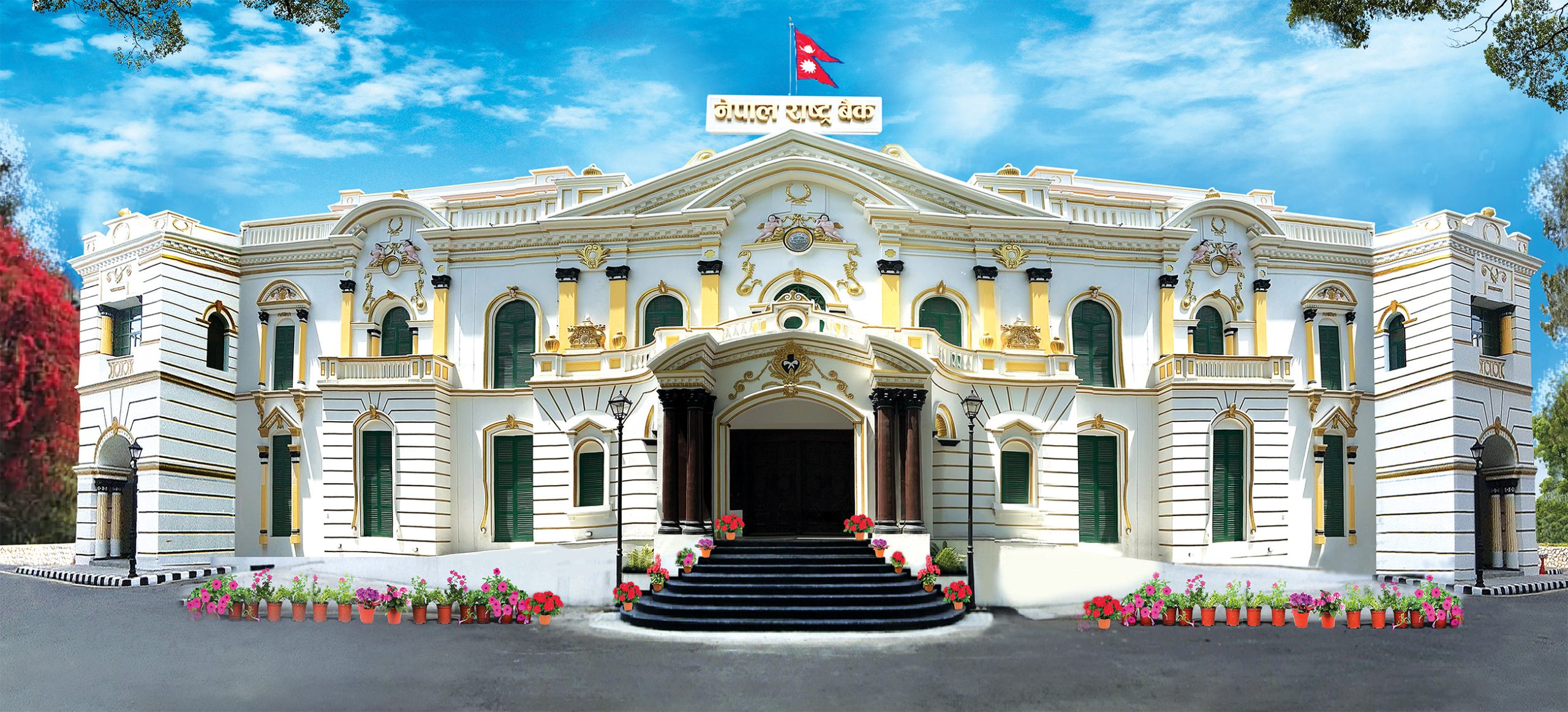
KATHMANDU: Nepal Rastra Bank (NRB) has published the latest macroeconomic and financial situation report based on data from the first six months of the fiscal year 2024/25. The report highlights key economic indicators, including inflation, trade performance, foreign exchange reserves, remittance inflows, and the government’s fiscal position. The Economic Research Department of NRB has provided an in-depth analysis of economic trends and their potential impact on Nepal’s economy.
Consumer Price Inflation and Salary & Wage Index
The year-on-year (y-o-y) consumer price inflation stood at 5.41 percent in mid-January 2025, slightly higher than the 5.26 percent recorded a year ago. Food and beverage inflation rose to 7.67 percent, while non-food and service inflation stood at 4.19 percent. Within the food and beverage category, the vegetable sub-category experienced the highest increase at 28.52 percent, followed by ghee and oil (10.67 percent), pulses and legumes (9.48 percent), and cereal grains (7.23 percent). Conversely, the price index for spices declined by 3.12 percent.
The non-food and services category saw notable price hikes in miscellaneous goods and services (9.35 percent), alcoholic drinks (7.01 percent), clothes and footwear (6.75 percent), and furnishing & household equipment (5.29 percent). Inflation rates were higher in rural areas (5.68 percent) compared to urban areas (5.31 percent). Among the provinces, Koshi Province recorded the highest inflation rate at 6.73 percent, followed by Madhesh (5.96 percent), Bagmati (5.14 percent), Gandaki (4.37 percent), Lumbini (4.83 percent), Karnali (4.60 percent), and Sudurpashchim (5.67 percent).
The salary and wage index (SWI) increased by 2.85 percent in the second quarter of 2024/25 compared to a 5.56 percent increase a year ago. The highest increase in SWI was recorded in Sudurpashchim Province (7.59 percent), while the lowest was observed in Koshi Province (1.30 percent).
Wholesale Price Inflation and Trade Performance
The y-o-y wholesale price inflation stood at 4.01 percent in mid-January 2025, up from 3.36 percent a year ago. The wholesale prices of consumer goods, intermediate goods, and capital goods increased by 6.92 percent, 2.55 percent, and 3.14 percent, respectively, while the price of construction materials declined by 4.28 percent.
Nepal’s merchandise exports surged by 31.8 percent, reaching Rs.98.79 billion in the first six months of 2024/25. This is in stark contrast to the 7.2 percent decline in the corresponding period of the previous year. Exports to India, China, and other countries increased by 46.1 percent, 19.7 percent, and 1.0 percent, respectively. Major export items such as soybean oil, tea, polyester yarn, particle board, and cardamom saw significant growth, whereas exports of palm oil, zinc sheet, ginger, readymade garments, and herbs declined.
Merchandise imports increased by 7.1 percent to Rs.822.37 billion during the review period. Imports from India, China, and other countries grew by 5.9 percent, 8.9 percent, and 9.0 percent, respectively. The import of crude soybean oil, rice/paddy, transport equipment, and vehicle spare parts increased, while petroleum products, crude palm oil, gold, and chemical fertilizers saw declines.
Nepal’s trade deficit widened by 4.4 percent to Rs.723.58 billion, compared to a 2.6 percent decline in the same period of the previous year. However, the export-import ratio improved to 12.0 percent, up from 9.8 percent in the previous year.
Foreign Trade and Remittance Inflows
The unit value export price index declined by 1.0 percent, while the import price index fell by 0.7 percent. The terms of trade index decreased by 0.4 percent. In the services sector, net services income stood at a deficit of Rs.43.53 billion, higher than the Rs.35.43 billion deficit recorded a year ago. Travel income increased by 5.1 percent, reaching Rs.41.86 billion, whereas travel payments grew by 9.7 percent to Rs.101.92 billion, including Rs.56.83 billion spent on education.
Remittance inflows rose by 4.1 percent to Rs.763.08 billion in the review period, compared to a 22.2 percent increase in the corresponding period of the previous year. In US dollar terms, remittance inflows reached $5.58 billion, reflecting a modest 1.1 percent increase. The number of Nepali workers obtaining foreign employment approval stood at 230,439, with an additional 162,628 workers renewing their approvals.
Current Account, Foreign Direct Investment, and Balance of Payments
The current account surplus reached Rs.148.17 billion in the review period, slightly lower than the Rs.162.56 billion surplus recorded a year ago. In US dollar terms, the current account surplus stood at $1.08 billion. Net capital transfer amounted to Rs.4.29 billion, while foreign direct investment (FDI) inflows reached Rs.6.50 billion, up from Rs.4.54 billion in the same period of the previous year.
The balance of payments (BOP) remained in surplus at Rs.249.26 billion, though this was lower than the Rs.273.52 billion surplus recorded a year ago. In US dollar terms, the BOP surplus stood at $1.82 billion.
Foreign Exchange Reserves and Exchange Rate Movements
Nepal’s gross foreign exchange reserves increased by 13.5 percent to Rs.2316.84 billion in mid-January 2025, up from Rs.2041.10 billion in mid-July 2024. In US dollar terms, foreign exchange reserves reached $16.84 billion, reflecting a 10.3 percent increase. NRB’s reserves grew by 12.1 percent, while reserves held by banks and financial institutions (BFIs) surged by 27.0 percent. The share of Indian currency in total reserves stood at 24.3 percent.
Based on six-month import trends, Nepal’s foreign exchange reserves are sufficient to cover 17.3 months of merchandise imports and 14.4 months of combined merchandise and service imports. The Nepalese rupee depreciated by 2.83 percent against the US dollar during the review period, with the buying exchange rate per US dollar reaching Rs.137.25.
Government Fiscal Position and Provincial Expenditure
According to the Financial Comptroller General Office (FCGO), Nepal’s total government expenditure reached Rs.667.60 billion in the first six months of 2024/25. Recurrent expenditure accounted for Rs.452 billion, capital expenditure Rs.56.94 billion, and financial expenditure Rs.158.66 billion. Revenue mobilization stood at Rs.559.61 billion, comprising tax revenue of Rs.489.40 billion and non-tax revenue of Rs.70.21 billion.
The government’s cash balance at NRB reached Rs.297.70 billion, a significant increase from Rs.83.99 billion in mid-July 2024. Provincial governments recorded total expenditures of Rs.44.81 billion, while resource mobilization stood at Rs.84.91 billion.
Economic Outlook and Implications
The latest macroeconomic report reflects a mixed picture for Nepal’s economy. While inflation remains stable, the widening trade deficit and increased remittance inflows highlight underlying economic challenges. The surplus in the balance of payments and rising foreign exchange reserves indicate a stable external sector, though depreciation of the rupee and fluctuations in global commodity prices pose risks. Nepal Rastra Bank continues to monitor these trends closely to ensure macroeconomic stability in the coming months.



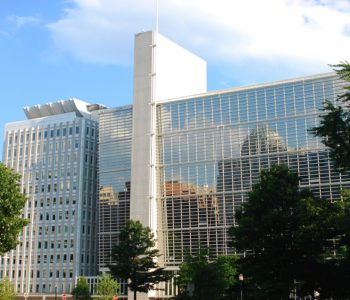


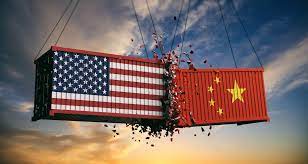



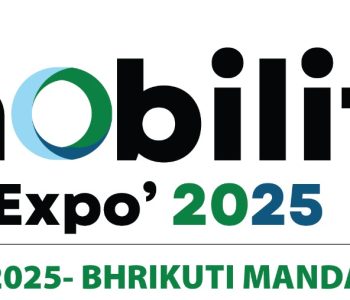
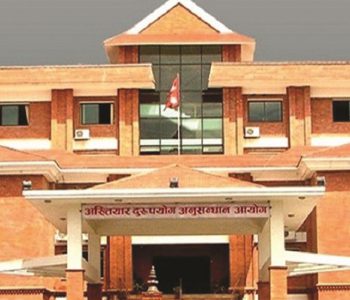
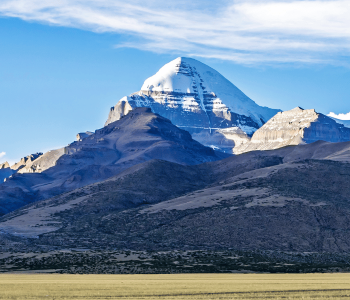
Facebook Comment